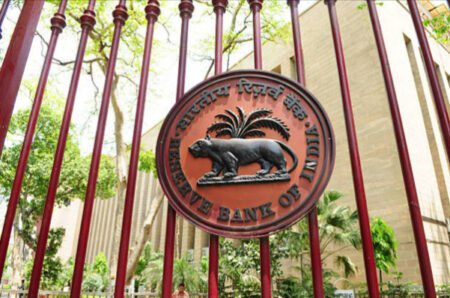Sri Lanka declares a food emergency amid the Forex reserve crisis.
Various media reports claimed the country was staring at an acute food shortage resulting from a combination of factors, from the depletion of forex reserves and excessive pressure on organic farming.
Declaration of Food Emergency was ordered as the cost of day-to-day commodities like Sugar, Onion, and potatoes rose sharply.
During this hard-hitting economic crisis, the President of Sri Lanka said that he ordered emergency regulations to counter the hoarding of sugar, rice and other essential foods.
Rajapaksa has named a top army officer “Commissioner General of Essential Services to coordinate the supply of paddy, rice, sugar and other consumer goods”.
Hoarding Food is now a strict crime. It is speculation that people will try to hoard as many commodities as possible for their livelihood due to acute food shortages.
Reasons Behind Food Emergency in Sri Lanka.
The Economy of Sri Lanka shrank by a record of 3.6% in 2020 because of Covid-19. The state banned the import of vehicles and other items, including edible oils and turmeric, an essential spice in local cooking, to save foreign exchange.
Sri Lanka’s foreign exchange reserves fell to $2.8 billion at the end of July from $7.8 billion in November 2019 when the government took office. According to bank data, the rupee has lost more than 20% of its value against the US dollar int.
This year, Sri Lanka still has more foreign debt payments of $1.5 billion each due in the next 12 months. It has already paid $1.3 billion so far.
That’s in addition to local Debt. With the Sri Lankan rupee depreciating at all timely high, future payments would become costlier.
Another problem generated before Sri Lanka due to covid-19 is the decline of the Tourism industry. Sri Lanka’s economy is very much dependent on their tourism for the forex reserve.
The third and the most crucial reason is the payment of Foreign Debt Stock. If we see the data released by Sri Lankan government in 2019, their market borrowings are 47%, Debt from China is almost 10%, and others, including India, Japan, ADB, World Bank and others, had 43% share in the Debt.
The data of foreign debt stock is of 2019. In 2021 the foreign debt stock of the Lankan government will be much higher than that of 2019 if appropriately calculated. The major problem behind this is Chinese Debt.
Chinese Debt is famous for its secrecy rules. Nobody knows China’s exact debt percentage given to Sri Lanka except the top officials of both countries.
It is hard to believe that there is no Chinese interest behind the debt policy as it’s a known fact that China desperately wants its presence in the Indian Ocean.
The fourth problem behind the food shortage in Sri Lanka’s government ill-timed move to switch to organic farming ultimately has now threatened crop crashes and poor products in the middle of a pandemic when imports are already proving difficult due to the forex crisis.
Sri Lanka’s drive to become the world’s first 100 per cent organic food producer threatens its prized tea industry and has triggered fears of a more comprehensive crop disaster that could deal a further blow to the beleaguered economy.
WAY FORWARD
It is interesting to see India’s move to help Sri Lanka in its crisis. India has invested billions in Sri Lanka and has also given soft loans to them.
India will never want another neighbouring country to become a colony of China. I think it’s time for the USA to stand with its QUAD member and take Sri Lanka out of the Chinese debt trap. I hope the People of Sri Lanka get rid of this problem shortly.












